
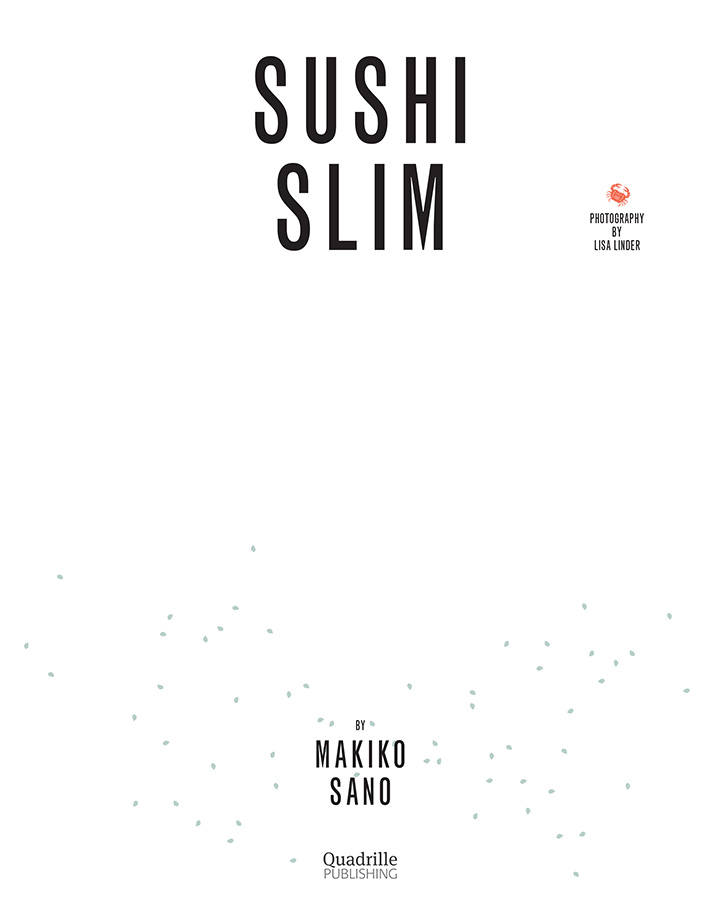

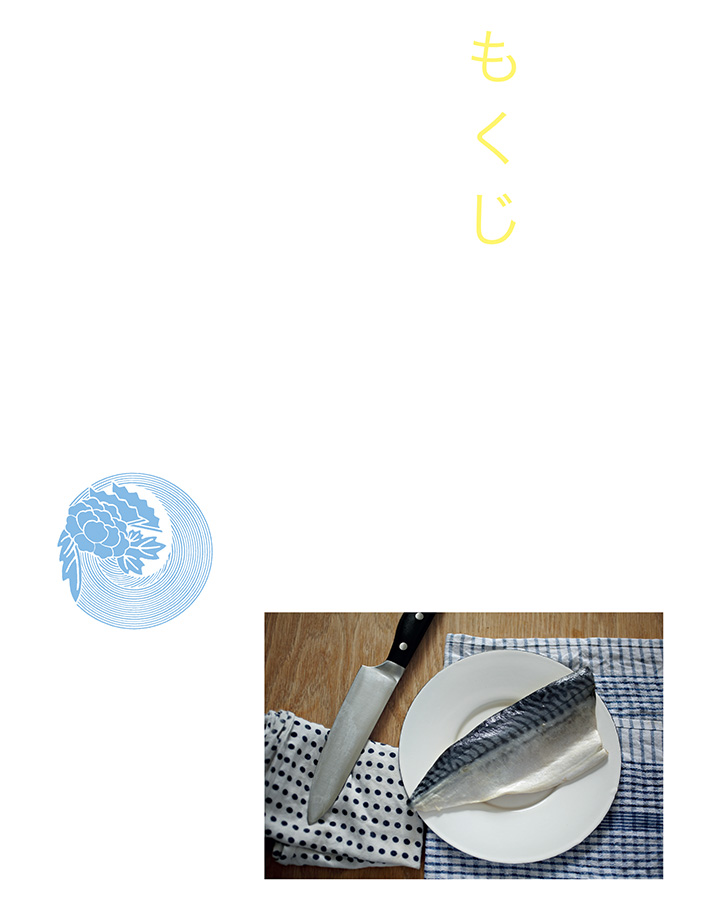 Contents How to Sushi Slim The basics
Contents How to Sushi Slim The basics
Foolproof sushi Rolls
Quick and easy sushi Nigiri
The original sushi Hand rolls, gunkan and parties
Social sushi Soups and salads plus secrets of the Japanese
power breakfast Beautiful bentos
The ultimate lunch box Sushi to impress Index 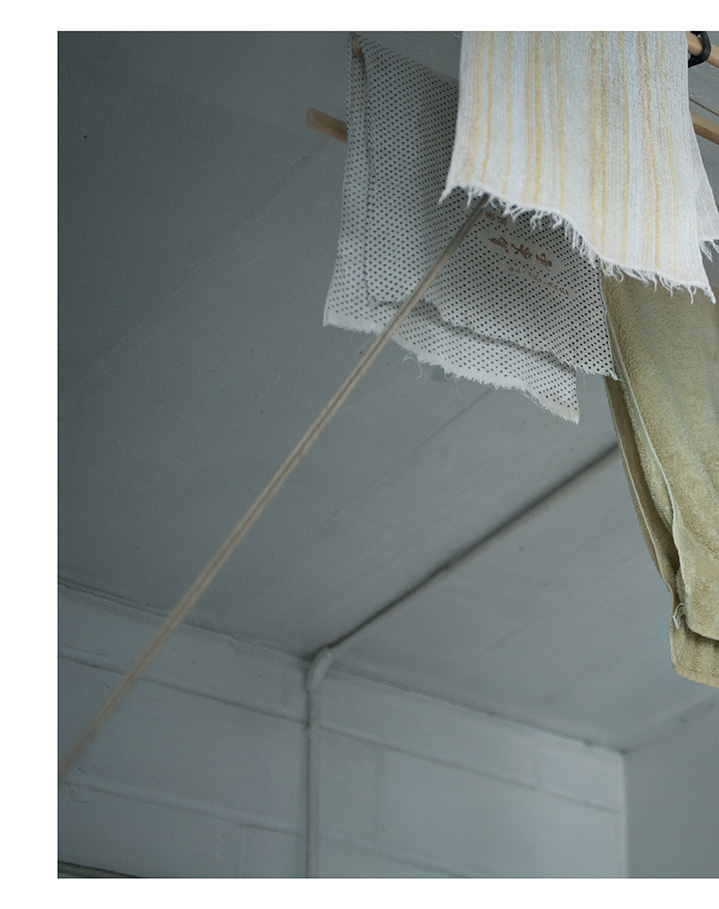 4 5
4 5 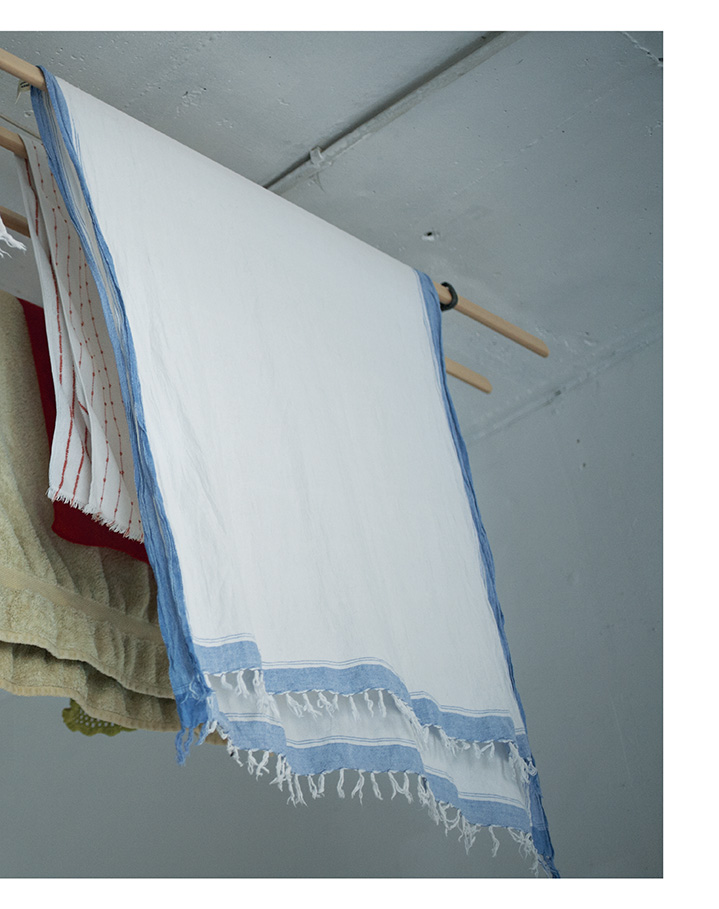
 How to Sushi Slim 6 7 How to Sushi Slim
How to Sushi Slim 6 7 How to Sushi Slim 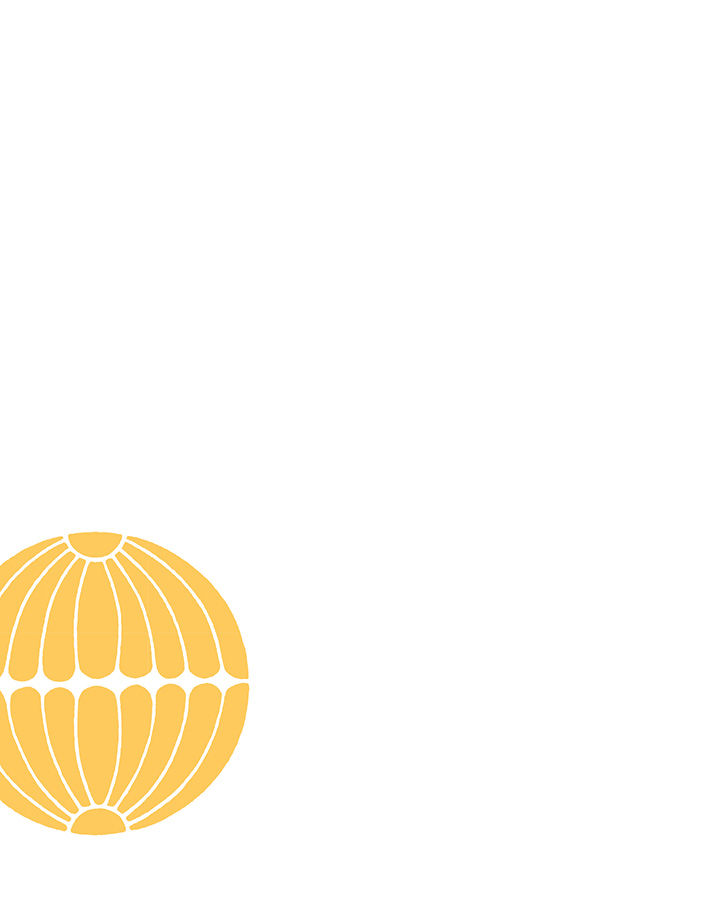 Virtuous indulgence Indulge and slim Japanese food is healthy, delicious,
Virtuous indulgence Indulge and slim Japanese food is healthy, delicious,
good for you and helps you lose weight.
For women in Japan, how, what and
when they eat is seated in tradition, in
the treasured ingredients of rice, miso,
wasabi, fish, tea and seaweed that are
the traditional harvests of our island
nation. All of these have incredible
slimming and beauty-boosting benefits. The sushi, soup, salad and bento box
recipes in this book are not only the
height of food fashion, but also the
perfect fast food for busy people on
the run and you will learn how simple
they are to make. And although people in the West might
view the phrase healthy diet with
trepidation, bringing as it does
connotations of abstinence and
avoidance, our style of healthy eating is
all about what I call Virtuous Indulgence.
Japanese food is full of all the sensuous
experiences you would normally feel
deprived of on a western diet. We eat
first with our eyes: the food looks
beautiful. Next up come touch, feel and
texture, and finally the exquisite taste.
The Japanese culture of slimness In Japan, we are taught from a really
young age what is good for our bodies.
Its part of our culture to eat healthy
foods which help maintain a trim figure
and improve our looks. Unlike the Western sweep-it-under
the-carpet approach to weight gain,
Japanese women openly scrutinise
each others figures and wont hesitate
to mention if someone has added a few
pounds. In fact it has even been
legislated for, with the maximum waist
size for a woman over 40 years old set
at 90 centimetres. Some of Tokyos
restaurants have scales at each table;
others serve 500-calorie lunches. We may not have calorie-counting
restaurants in the West (yet!), but this
book will do the work for you. Each of
the delicious dishes has been calorie
counted, and our dietitian-devised diet
plan will show how, by introducing just
one Japanese meal a day into your diet,
you can lose a healthy amount of weight
each week, or just maintain your ideal
weight.
So, if you want to indulge your
way to a healthier, trimmer, more
glowing you, try Sushi Slim. 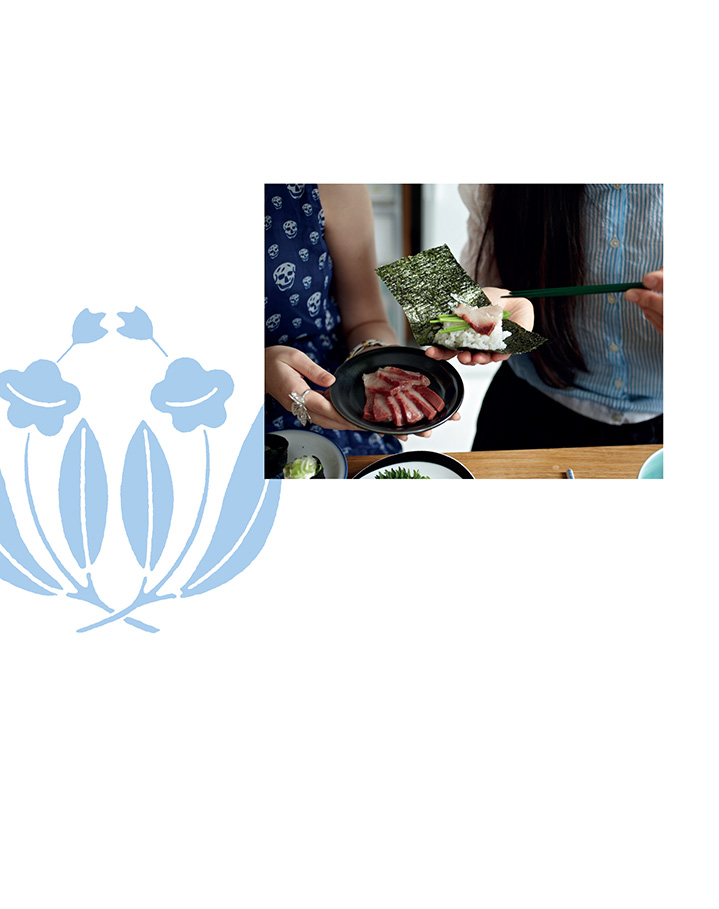 Japanese food:
Japanese food:
The facts and your figure Many Japanese people
are taught to eat until
they are 80 per cent full,
and this might be one
reason for their trim figures.
In the latest world obesity
rankings, Japan scored the
second lowest percentage,
with a mere 3.9 per cent,
compared to Americas
troubling 33.8 per cent. The average daily calorie
intake in Japan is 2,754
kcal, compared to the
USAs 3,825 kcal. The Omega-3 content of
the high prevalence of
fish in the diet, along with
a relatively small amount
of meat eaten in Japan, is
thought responsible for low
levels of cardiovascular
problems in the country. They say variety is the
spice of life. The typical
Japanese person will have
about 100 varieties of food
per week, compared with
just 30 in the average
British diet, or 45 in the
Mediterranean diet.
Results from a study at the
end of 2011 suggested that
a traditional Japanese diet
may help to manage Type 2
diabetes mellitus. For many years researchers
have been aware of the
extreme health and
longevity benefits of a
Japanese diet, especially
the now legendary
Okinawa way of eating,
where inhabitants of the
Japanese island regularly
live to 100 (and an Okinawan
was found to be 6.5 times
less likely to die from
breast cancer). When you understand all that
this cuisine offers, the only
question about embracing
a whole new style of eating is:
why didnt I do it before? 8 9 How to Sushi Slim  Seven reasons why
Seven reasons why
the Japanese diet will
help you lose weight Portion control Because of the way in which it is
presented, with three or four dishes,
Japanese meals give the impression of
being bigger than they are. At least one
of the dishes will be a low-calorie, filling
soup. In Western cuisine, the style is to
use one big dinner plate groaning with
quite a mountain of food. A typical set
of sushi contains about 300 calories.
An average Western plate of food can
be 500 calories more than this.
Chopsticks Slowing the rate at which you eat allows
your brain to notice when you feel full.
The Western eat-on-the-run way of
dining means we have often overeaten
before we even know it. Japanese people
find it easier to notice when we are full
because we use chopsticks, which are
a more time-consuming way to eat.
Set aside at least 20 minutes to eat each
meal, as it takes your stomach about that
time to register fullness. Swerve dairy and meat Japanese people do eat some meat,
but not much of it compared to the
Western diet. Also, dairy wasnt eaten in
a traditional Japanese diet, and still isnt
a big part of it. These two food stuffs are
high in fat and responsible for much of
the Western daily calorie intake.  Big breakfasts
Big breakfasts
and early,
light suppers We often eat a selection of dishes in
the morning: miso soup; rice; omelette;
and grilled salmon (see page 76 if youd
like to try a Japanese breakfast).
Japanese people also tend not to snack
after 4pm, and eat an early supper that
focuses on fish and vegetables.
We also
dont tend to eat desserts at home. Green tea Japanese people drink green tea
throughout the day and its readily
available from street vending machines,
which preheat it in cans. It contains
virtually no calories. In contrast, the
western equivalent the ubiquitous
coffee shop is a diet baddie. Even if
you order a skinny latte, you will take
Next page
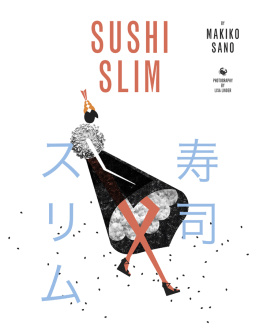
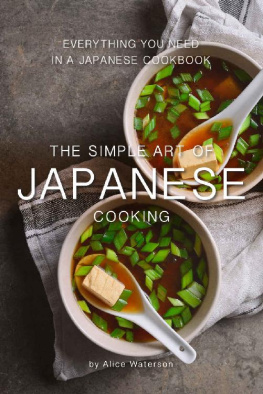

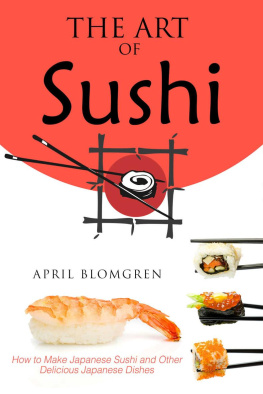
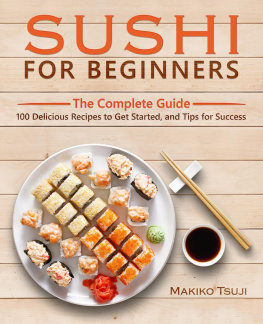
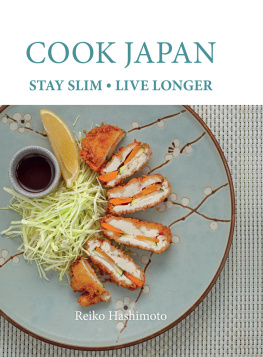
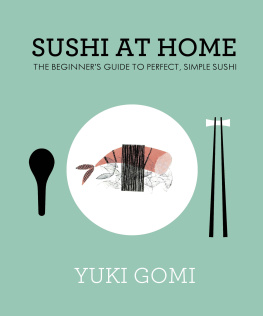
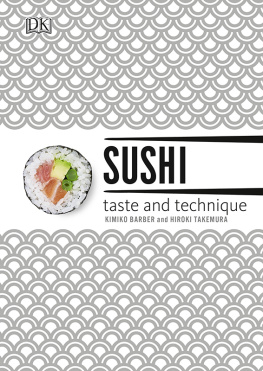
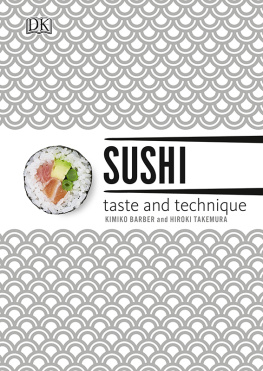



 Contents How to Sushi Slim The basics
Contents How to Sushi Slim The basics 4 5
4 5 
 How to Sushi Slim 6 7 How to Sushi Slim
How to Sushi Slim 6 7 How to Sushi Slim  Virtuous indulgence Indulge and slim Japanese food is healthy, delicious,
Virtuous indulgence Indulge and slim Japanese food is healthy, delicious, Japanese food:
Japanese food: Seven reasons why
Seven reasons why Big breakfasts
Big breakfasts